Wild Horses of North Carolina's Outer Banks
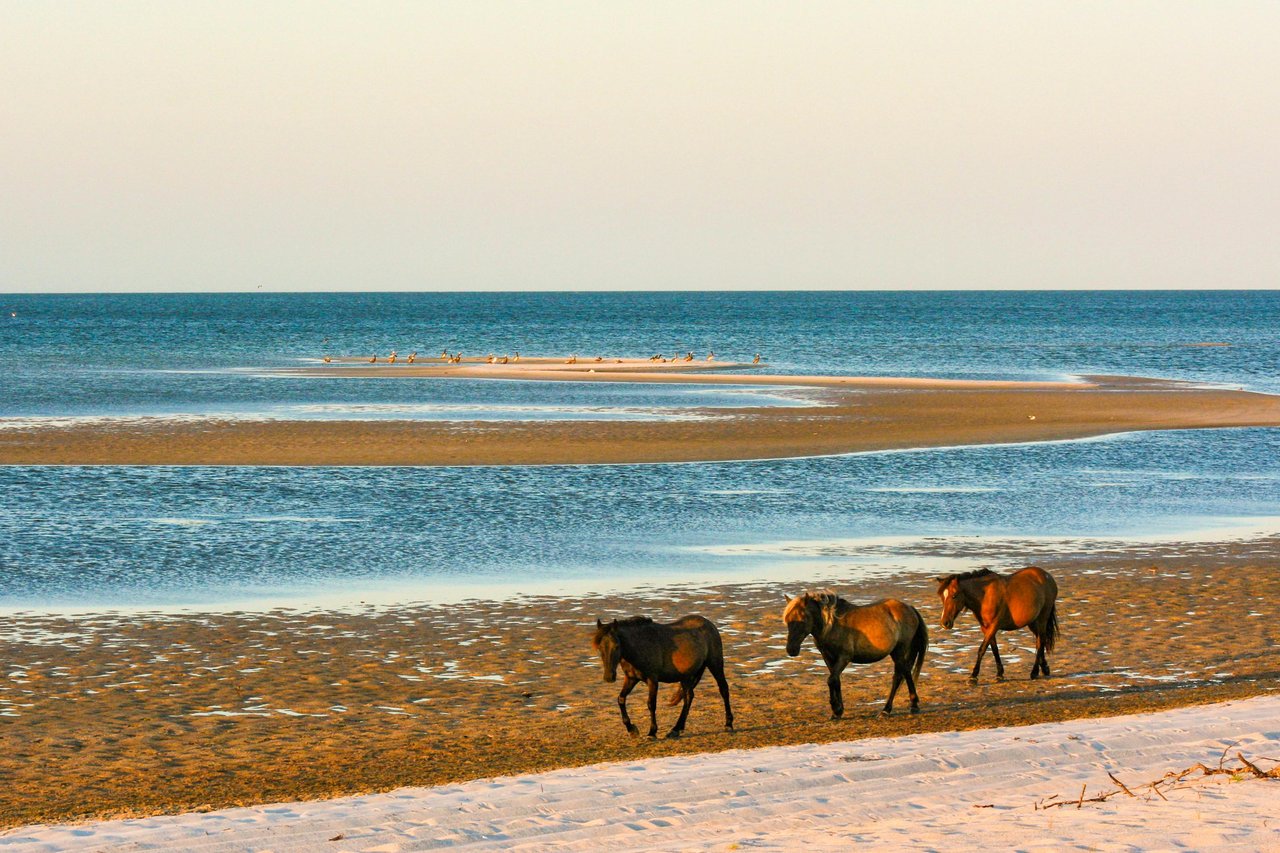

Origins and History
The origins of the Outer Banks wild horses are somewhat shrouded in mystery, but it is widely believed that they are descendants of Spanish mustangs brought to the New World by explorers and settlers in the 16th century. Some theories suggest that these horses may have swum ashore from shipwrecks, while others posit that they were released or escaped from early settlements.
Herds and Habitat
Today, there are several distinct herds of wild horses on the Outer Banks, primarily located in:
Corolla: The most famous herd roams the northernmost part of the Outer Banks, particularly around Corolla and Carova Beach. These horses are protected within the 7,500-acre Corolla Wild Horse Sanctuary.
Shackleford Banks: Another herd can be found on Shackleford Banks, part of the Cape Lookout National Seashore. This area is managed by the National Park Service, and the horses are an integral part of the local ecosystem.
Characteristics
Size and Appearance: The wild horses are generally small, standing about 14 to 15 hands high (around 4.5 to 5 feet at the shoulder). They have adapted to the harsh coastal environment, often appearing stockier and with thicker coats than domesticated horses.
Diet: Their diet consists mainly of marsh grasses, sea oats, and other coastal vegetation. They are also known to drink fresh water from temporary pools or dig for it in the sand.
Conservation and Challenges
Our state’s horses face several challenges, including habitat loss due to human development, storms, and the risk of inbreeding due to the small size of the herds. Conservation efforts are ongoing to protect these animals, including:
Management Programs: Organizations like the Corolla Wild Horse Fund and the National Park Service manage the herds, monitor their health, and control the population to ensure genetic diversity.
Public Awareness: Education and awareness programs are essential in helping visitors understand the importance of these horses and the need to protect them. Visitors are advised to keep a safe distance and never feed or approach the horses.
Cultural Significance
The horses are not just an ecological treasure; they are also a cultural icon of the Outer Banks. They feature prominently in local folklore, art, and tourism, drawing visitors from around the world who come to witness these majestic animals in their natural habitat.
Visiting the Wild Horses
Tours: Several companies offer guided tours to see the wild horses, particularly in the Corolla area. These tours provide educational experiences while ensuring that the horses are not disturbed.
Regulations: Visitors should adhere to local regulations, which typically require maintaining a distance of at least 50 feet from the horses to avoid stressing the animals or putting themselves at risk.
The wild horses of the Outer Banks are a living link to the past, and their continued presence on the islands is a testament to their resilience and the efforts of conservationists to protect them. For more information, you can visit the Corolla Wild Horse Fund and the Cape Lookout National Seashore websites. Legacy Farms and Ranches hopes you have a chance to visit the Outer Banks to see the wild and beautiful “Banker horses”.

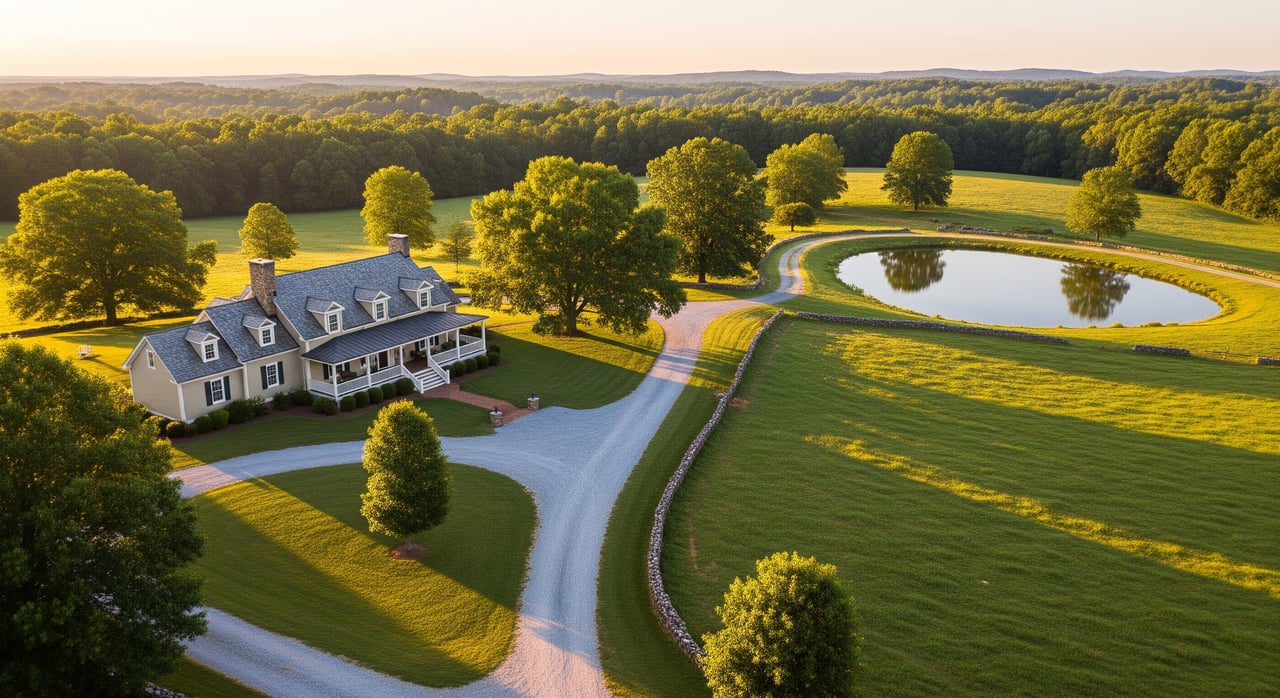

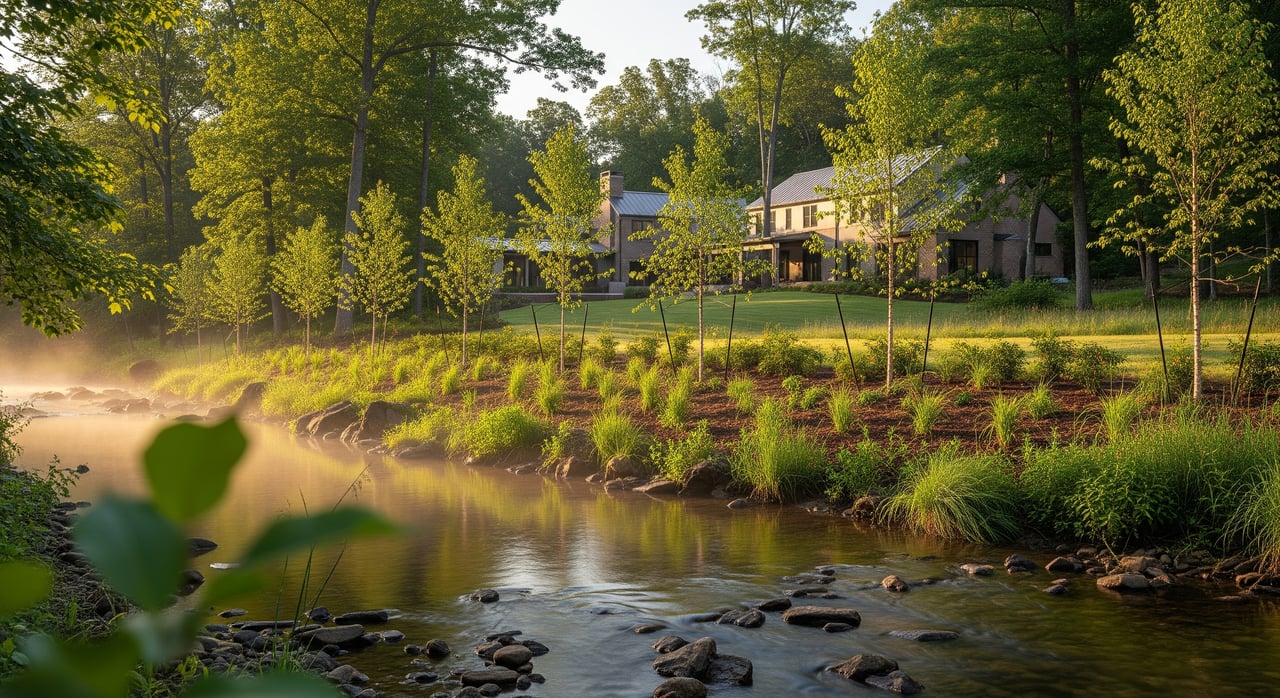
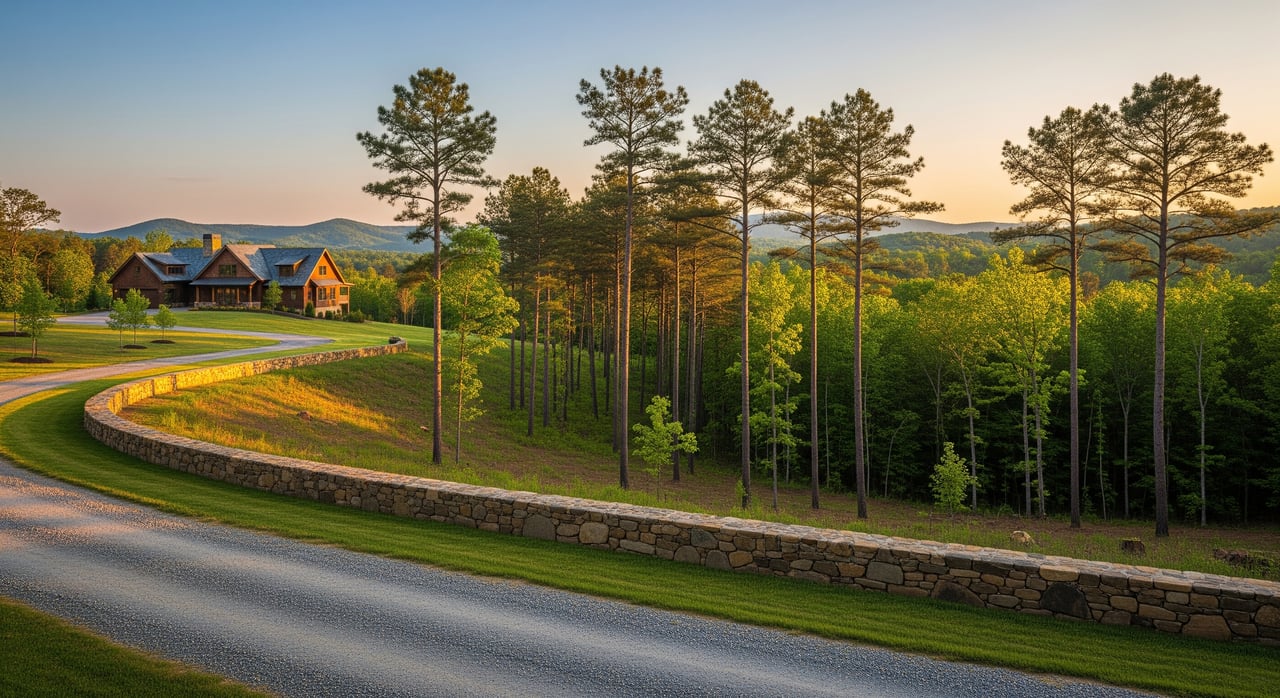
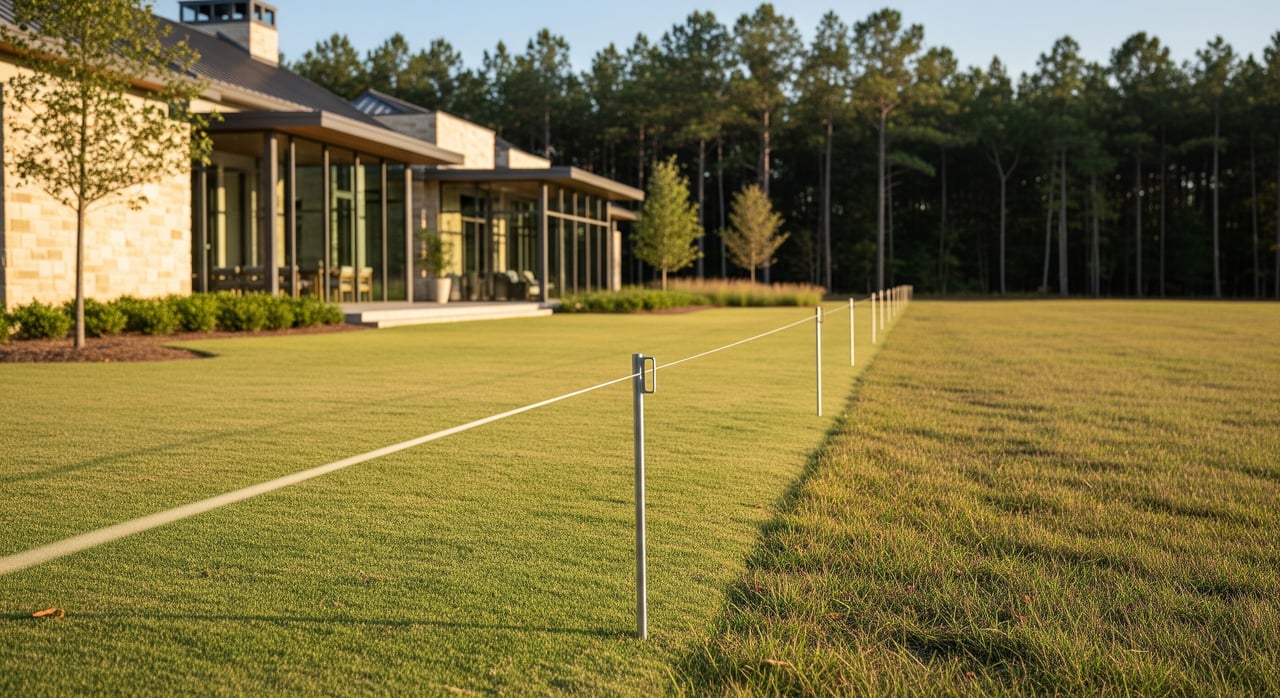

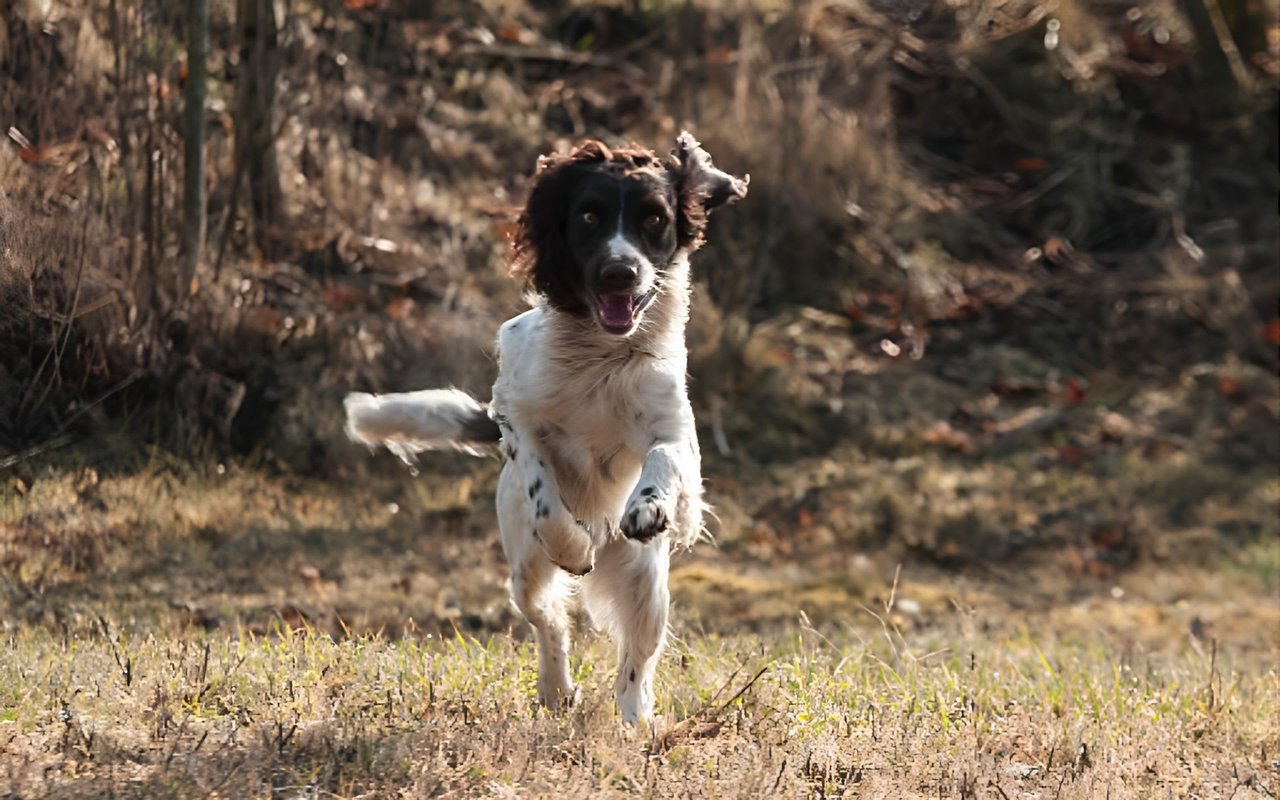
Every sportsman has his or her own style when it comes to using dogs as hunting companions.
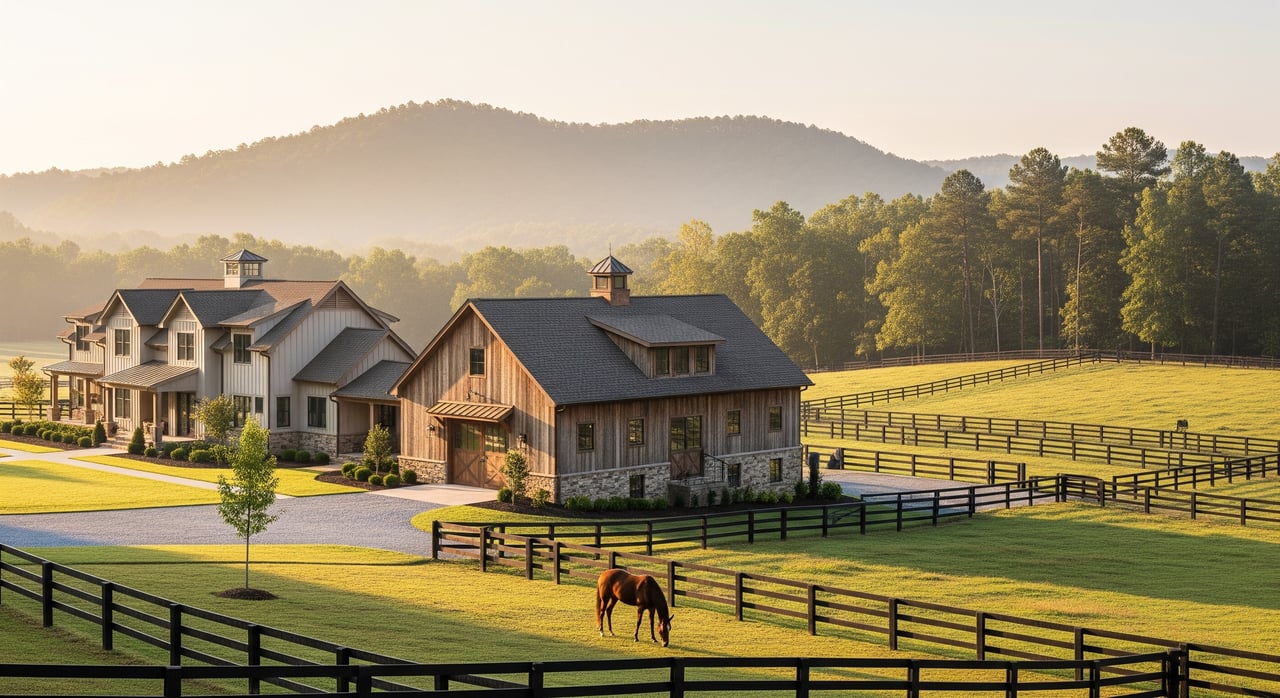
If you have a unique country home, hunting or fishing land, or other premier North Carolina property for sale, call Legacy Farms and Ranches today to learn how they can help you market your property to thousands of discerning viewers across the country.